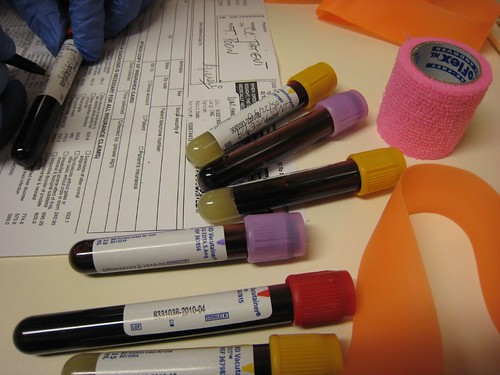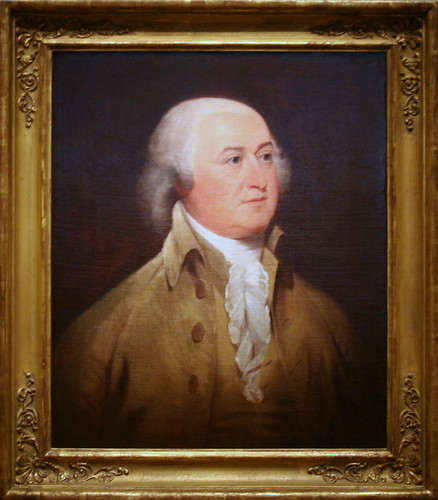
We cannot blindly trust a prosecutor's or a police officer's claims of certainty or expertise. A moving essay in the New Yorker suggests that a man in Texas may have been executed for a crime he did not commit based on the testimony of experts who did not know what they were talking about.
Cameron Todd Willingham was executed in Texas for burining his own house down and, in the process, killing his three children. Willingham was found guilty at a jury trial based in large part on the testimony of arson investigators who claimed to be experts in determining the cause of fires. They testified that the burn patterns clearly pointed to arson and that they were confident that Willingham started the fire in an attempt to kill his children.
The trouble is that the methods these supposed experts used to make these determinations are totally unscientific and unreliable. Dr. Gerald Hurst, who received a Ph.D. in chemistry from Cambridge University, reviewed the evidence pointing to arson in Willingham's case and concluded that the fire was accidental. It was not caused by arson. As David Grann writes in the New Yorker, "Hurst concluded that there was no evidence of arson, and that a man who had already lost his three children and spent twelve years in jail was about to be executed based on 'junk science.'"
Hurst's scathing report and extensive research strongly suggested that the State of Texas was close to killing an innocent man. But that did not stop the executioner. Willingham was put to death on February 17, 2004. He protested his innocence to the end.




